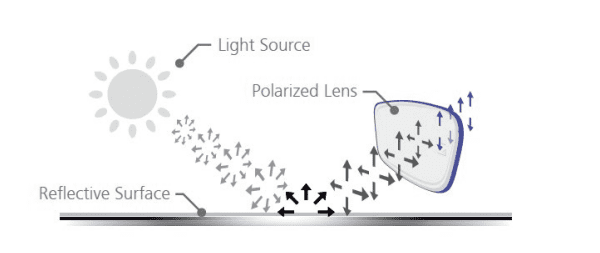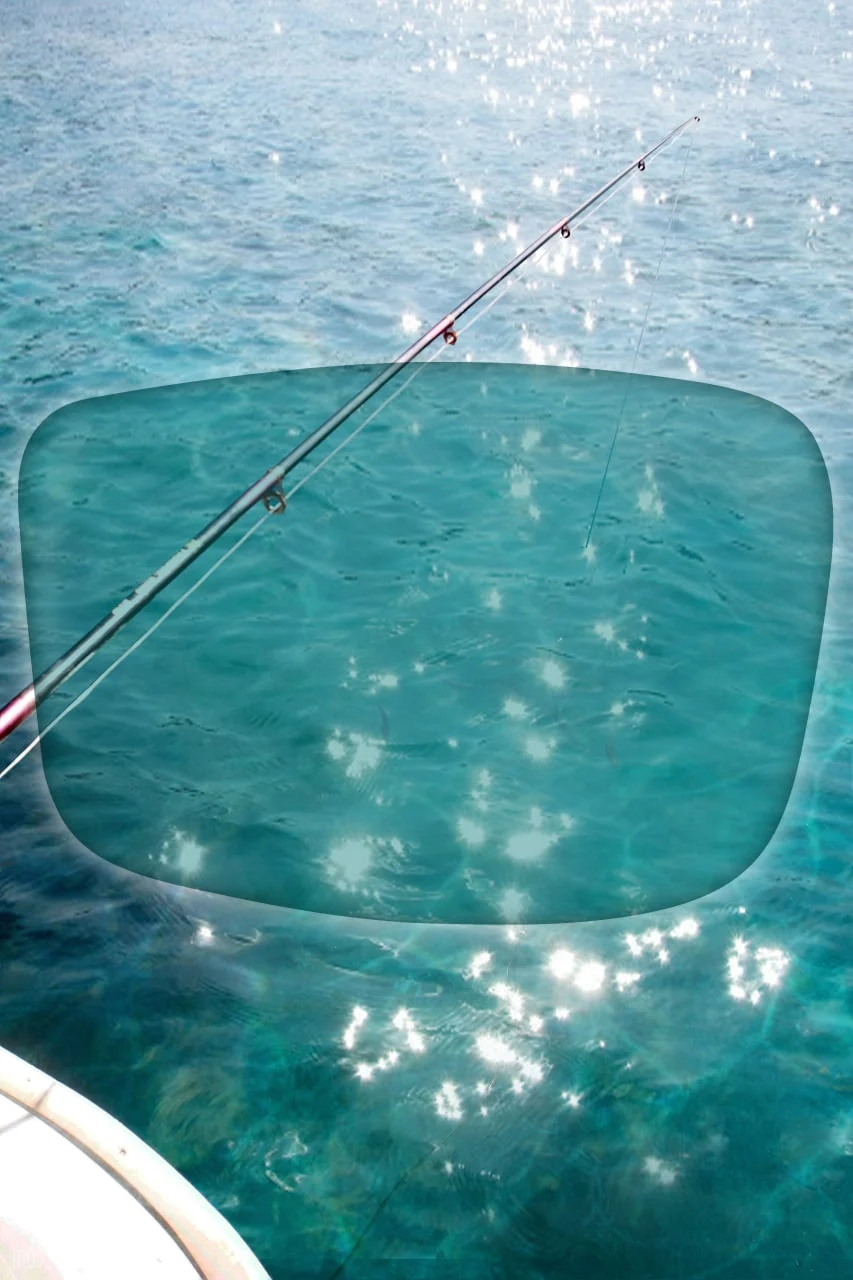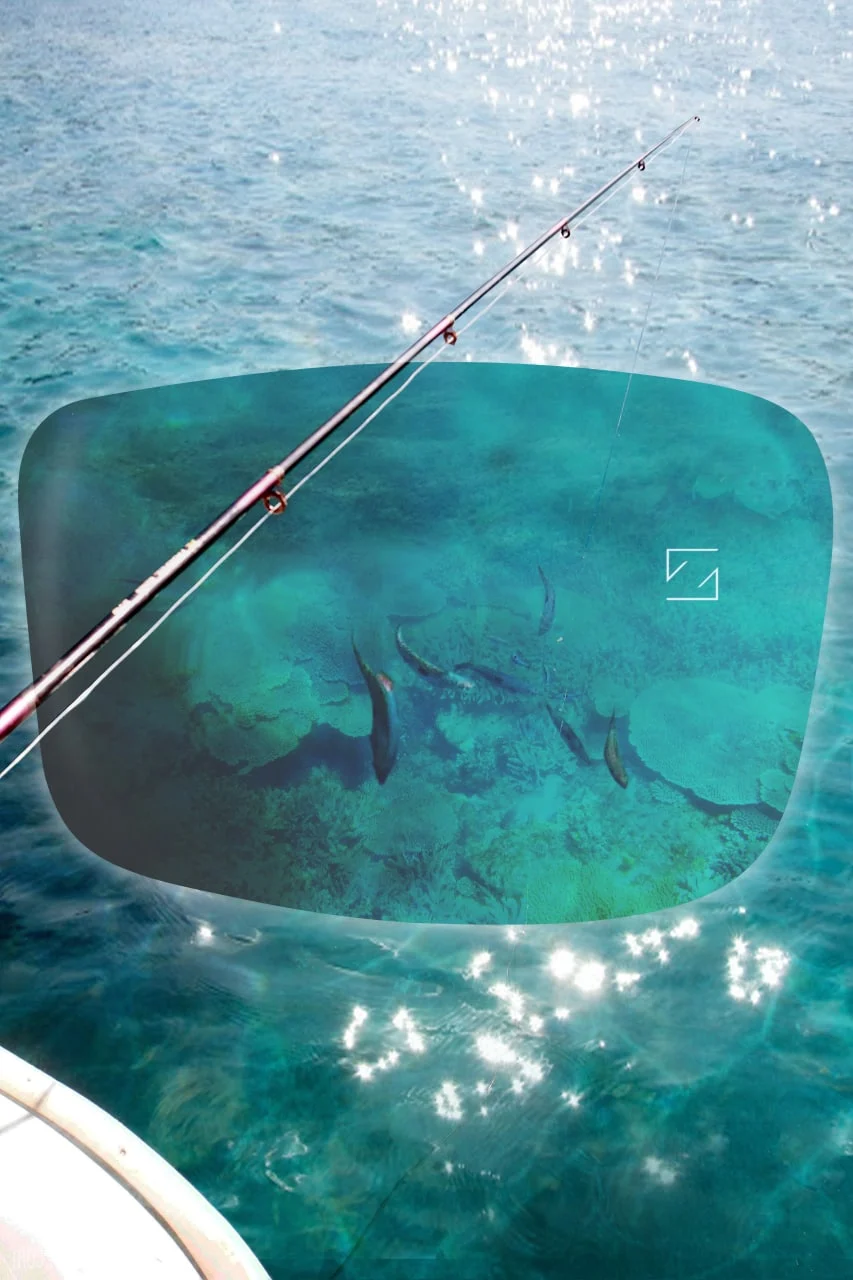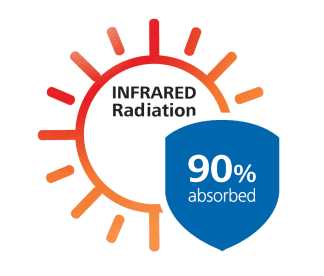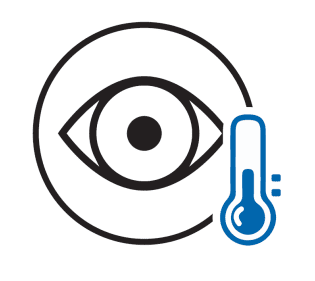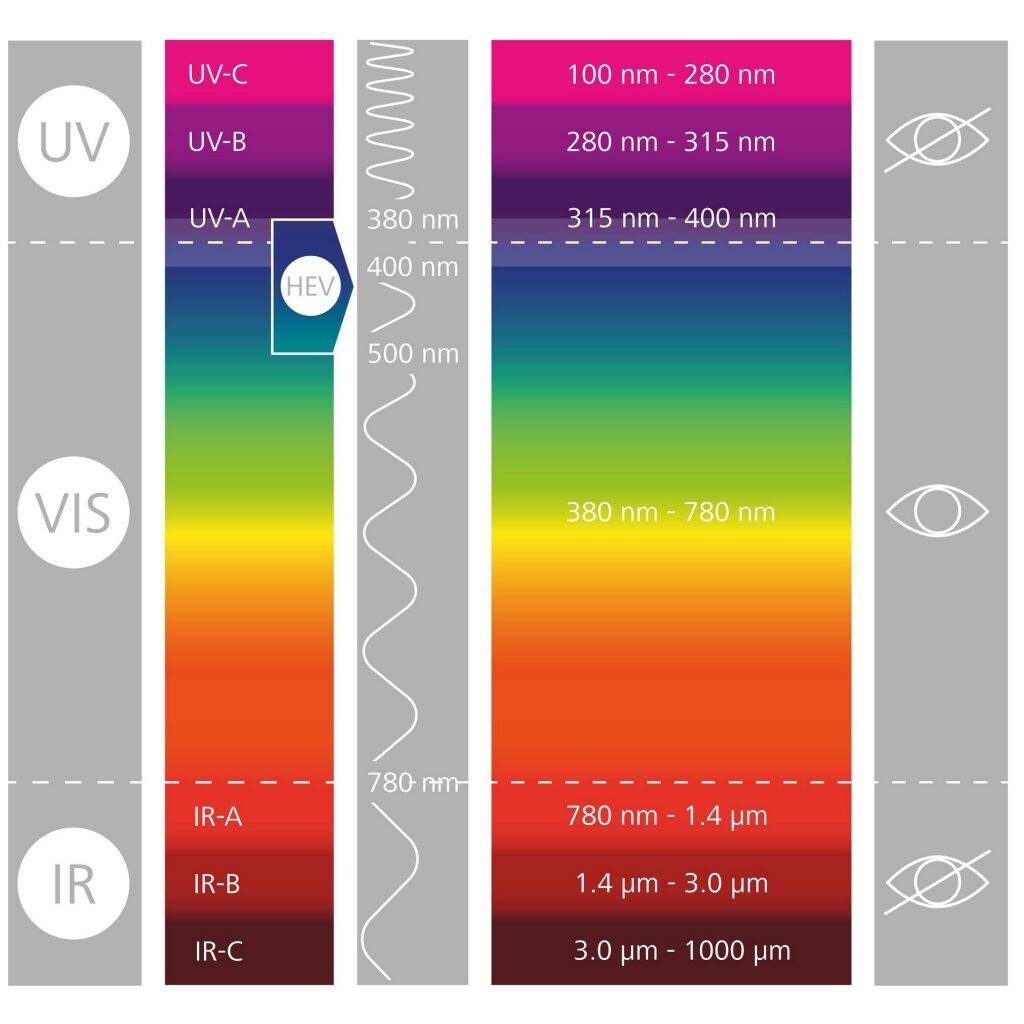Advanced Lens Technology for Enhanced Visual Performance
Understanding Polarization in Fishing Sunglasses
Lens technology plays a pivotal role in safeguarding your eyes during outdoor activities, especially when you’re out on the water. Polarization isn’t just an added feature; it’s a necessity for any angler or outdoor enthusiast. Here’s why:
Combatting Glare with Polarized Lenses
When sunlight reflects off horizontal surfaces like water or snow, it creates intense glare that can strain your eyes and diminish visual clarity. This phenomenon, known as horizontal light, is effectively minimized by wearing polarized sunglasses. By filtering out polarized light waves, these specialized lenses significantly reduce glare, providing unparalleled visual comfort and clarity.
Protection Against Harmful UV Rays
Beyond glare reduction, polarized lenses offer essential protection against harmful UV rays. Exposure to UV radiation can lead to various eye problems, including cataracts and macular degeneration. Investing in sunglasses designed with UV-blocking capabilities ensures long-term eye health, especially when spending extended hours playing outdoors.
Enhanced Visual Acuity and Comfort
Polarized lenses work by selectively blocking polarized light waves, allowing only vertically oriented light to pass through. This selective filtration enhances visual acuity by minimizing distractions caused by glare and reflections. As a result, wearers experience improved contrast and depth perception, crucial for activities like fishing where spotting elusive underwater targets is essential.
The Science Behind Polarization
At the core of polarized lens technology lies the principle of selectively filtering light waves. Unlike conventional lenses, polarized sunglasses are designed to absorb horizontal light, effectively eliminating glare and enhancing visual clarity. This innovative approach ensures that wearers can enjoy their outdoor pursuits with reduced eye strain and unparalleled visual comfort.
Beyond the Water’s Edge
While polarization is mandatory on the water, its benefits extend far beyond fishing expeditions. Whether you’re hiking in snowy terrain or enjoying a day at the beach, polarized sunglasses offer versatile protection against glare and UV radiation. Their ability to enhance visual clarity makes them indispensable for any outdoor activity, ensuring a more enjoyable and safer experience under the sun.
Invest in Your Visual Comfort with Hook Optics
At Hook Optics, we understand the importance of superior lens technology in optimizing your outdoor experience. Our sunglasses are meticulously crafted with cutting-edge materials and precision engineering to deliver unmatched performance in any environment. From glare-free vision to advanced UV protection, our polarized lenses are designed to elevate your visual comfort and enhance your outdoor adventures.
Experience the Difference with Hook Optics
Step up your eyewear game with Hook Optics’ advanced lens technology. Whether you’re a seasoned angler or an outdoor enthusiast, our polarized sunglasses are engineered to provide unparalleled clarity, comfort, and protection. Say goodbye to eye strain and hello to enhanced visual performance with Hook Optics.
Stay Cool, Stay Protected
When it comes to your eye health, there’s no room for compromise. Invest in Hook Optics’ ThermoForce lenses by Zeiss for ultimate protection against UV and infrared radiation. Designed to withstand extreme conditions while providing superior clarity and comfort, our lenses ensure a more enjoyable and safer day on the water.
Elevate Your Outdoor Experience with Hook Optics
Join the ranks of elite anglers and outdoor enthusiasts who trust Hook Optics for their eyewear needs. With our commitment to innovation and quality, we guarantee unmatched performance and durability in every pair of sunglasses. Explore our range of polarized lenses and experience the difference with Hook Optics today.
New! Ri-PeX Lens Coating from Zeiss
